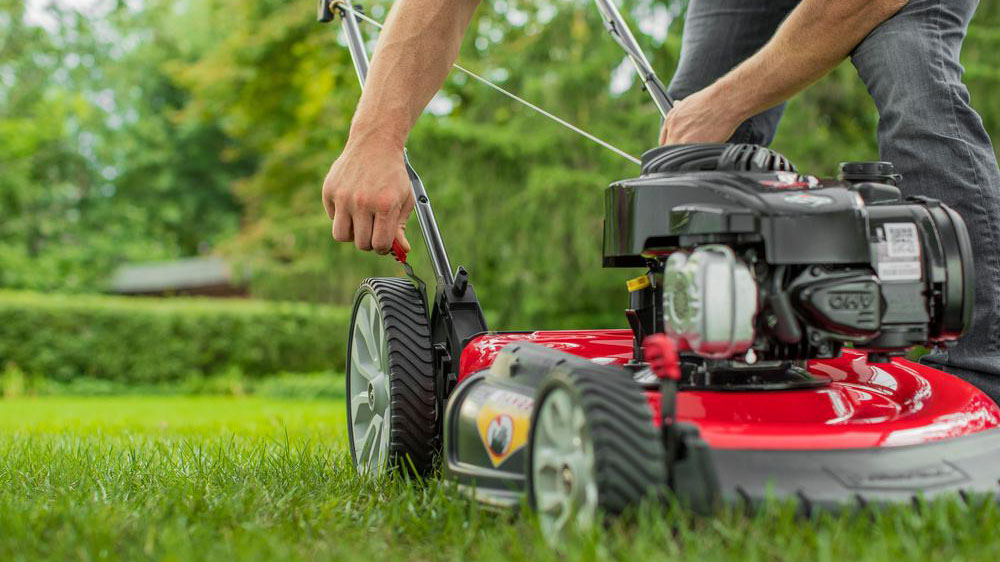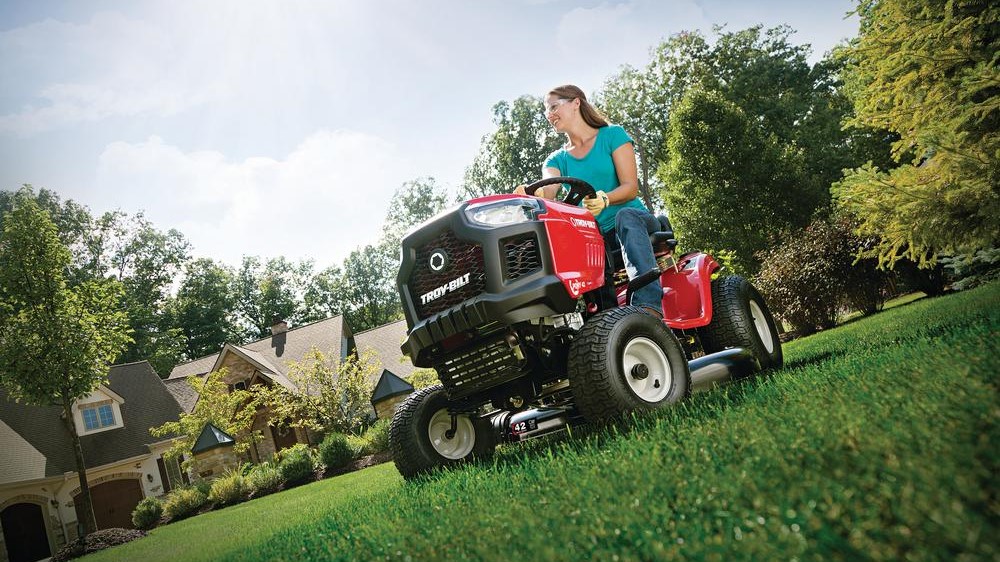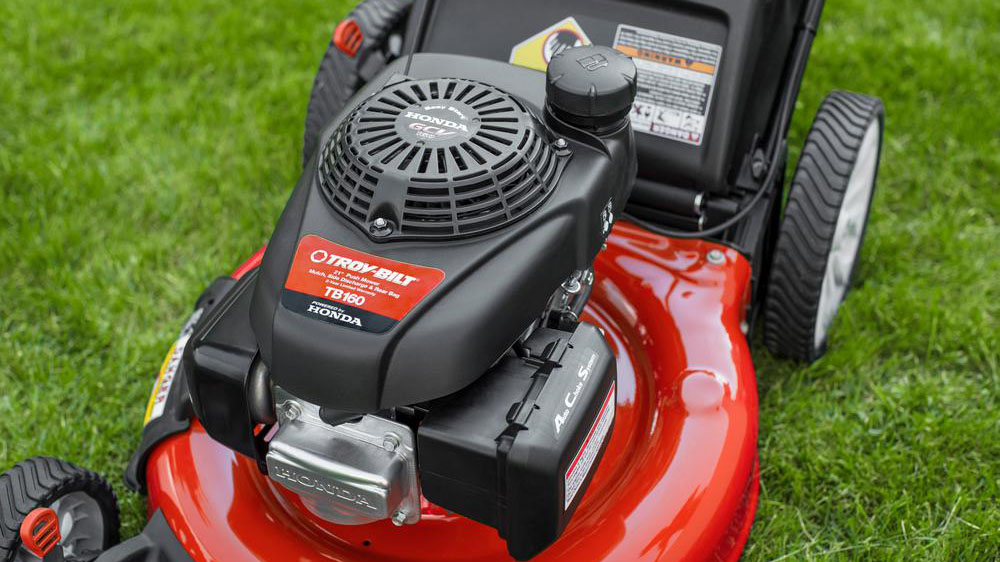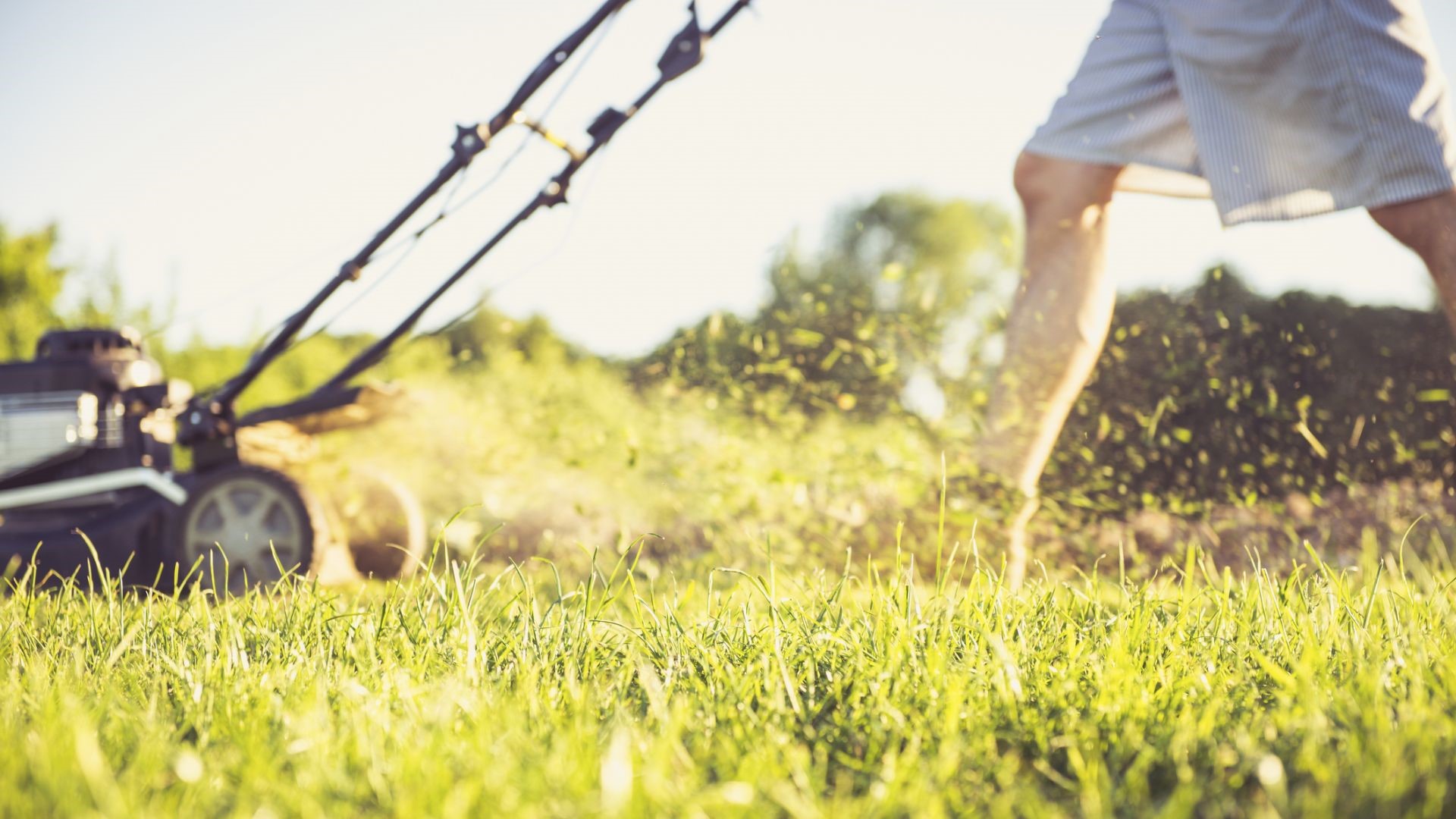It’s official. Spring has well and truly sprung meaning there’s never been a better time to get into the garden and look after your lawn. Ok so you might have already invested in one of the best gas lawn mowers, but have you prepped your trusty outdoor power tool since you last used it?
Whether it’s a reliable mower you’ve been using for years or a brand new electric lawn mower you want to get to grips with, we recently spoke to mower expert Barbara Roueche, Brand Manager at Troy-Bilt, for some tips on how you can get optimal cutting results this late spring and summer.
Here you’ll find out exactly how to maintain your mower, whether it's safe to be cutting your wet grass, and when is the best time to start mowing your lawn ahead of summer rolling in.
What are your tips for prepping a mower for its first use of the season?
“Completing a few lawn mower maintenance tasks each season will help extend the life of your equipment, save time and also ensure a successful start-up,” Roueche begins. “One of the first things to do, if you didn’t at the end of last season, is to change the oil in your mower. To ensure longevity, you’ll also want to lubricate contact surfaces for wheel bearings, cables and height adjusters, and spray silicone under the mower deck to prevent rust and grass clipping build-up."
Other top maintenance tasks Roueche recommends include:
- To guarantee easier starting, check and replace the spark plug at least once each season, usually in the spring
- Clean the air filter
- Sharpen or replace the lawn mower blades
- Depending on the type of mower, you may need to check and replace belts

What are the most important things to consider before buying a new mower?
“There are three [considerations]: the size of the lawn, the equipment features you’re looking for, and the type of terrain you have in your yard." Roueche explains. “Walk-behind push mowers are great for smaller relatively flat yards that are half an acre or less. Self-propelled walk-behind mowers are best for lawns of about half an acre to one acre in size and accommodate different types of terrain.
"Meanwhile, riding lawn mowers are great for properties that are one acre or larger in size and have varying terrain. Finally, zero-turn mowers are great for mowing large, fairly flat yards quickly. They have the ability to complete fast turns, which makes them optimal for yards with many obstacles to mow around.”
If you don't yet own one, take a look at our guide to the best rider lawn mowers.
What steps can users take to maintain their mowers?
“Mower maintenance tasks vary depending on the type of mower you have, but we recommend changing the oil and replacing the air filter every 50 operating hours,” Roueche says.
“This translates to roughly once or twice each year if you’re mowing once a week, for about an hour each time. With that amount of use, it makes sense to change the oil and air filter at the start and/or end of each season.
“You should also sharpen the mower blade at least once each season. The spark plug should be replaced once a year too. Be sure to check your operator’s manual for instructions specific to your model.”

Can lawn mowers be used to cut wet grass?
“We don’t recommend mowing grass when it’s wet because it’s potentially slippery, and your mower also can leave wheel marks or ruts in your lawn," Roueche advises. “Another problem is that the wet clippings clog the mower and they can clump and settle on the lawn, which looks messy and can damage your lawn’s roots.
"If you absolutely must mow wet grass, then raise the mower height and also reduce the width of grass being mowed on each pass.”
Do you have any tips for storing away mowers properly?
“Consult your operator’s manual for key details,” Roueche tells us. “But generally, key tips include cleaning the mowing deck of dirt, grass clippings and other objects that may have become lodged there. You should also prepare the fuel tank for storage by adding a fuel stabilizer to prevent spoilage."
What are the differences between the main types of lawn mower?
“There are five main types: reel mowers, push walk-behind mowers, self-propelled walk-behind mowers, tractor-style riding mowers, and zero-turn riding mowers,” Roueche says. “Reel mowers powered completely by the operator are small, light and affordable, but require significant effort to use.
"Gas-powered push mowers benefit from an engine that turns the cutting blade but still require the operator to push the machine forward. This makes them best for smaller and flatter lawns,” says Roueche.
“Self-propelled mowers reduce effort in any size lawn and are available with different types of drive systems: front-wheel drive (FWD), rear-wheel drive (RWD) and 4x4 all-wheel drive (AWD). FWD delivers traction to the front wheels and will manoeuvre easily around beds and trees, while RWD delivers traction to the rear wheels for improved performance on hills. Meanwhile, 4x4 AWD is best for yards with varying terrain as you can switch between front, rear, and all-wheel drive."
Roueche adds: “Lastly, there are riding mowers – either the tractor style or the zero-turn style. Zero-turns are great for the largest lawn sizes that are fairly flat. They have the ability to make fast turns, which makes them ideal for yards with many obstacles or trees to mow around.”

When is the right time to start cutting your lawn ahead of summer?
“The best rule of thumb is to use grass growth as a guide to determine when the right time is to begin mowing. We recommend the first mow occurs when the ground has warmed, excess moisture has evaporated, and after grass has begun to grow to a height of at least three inches.
"At this point, you can begin cutting the grass, removing about one-third of its length, but keeping the grass at least two inches long. This process allows the grass to absorb the sunlight without preventing the grass from drying out.”
